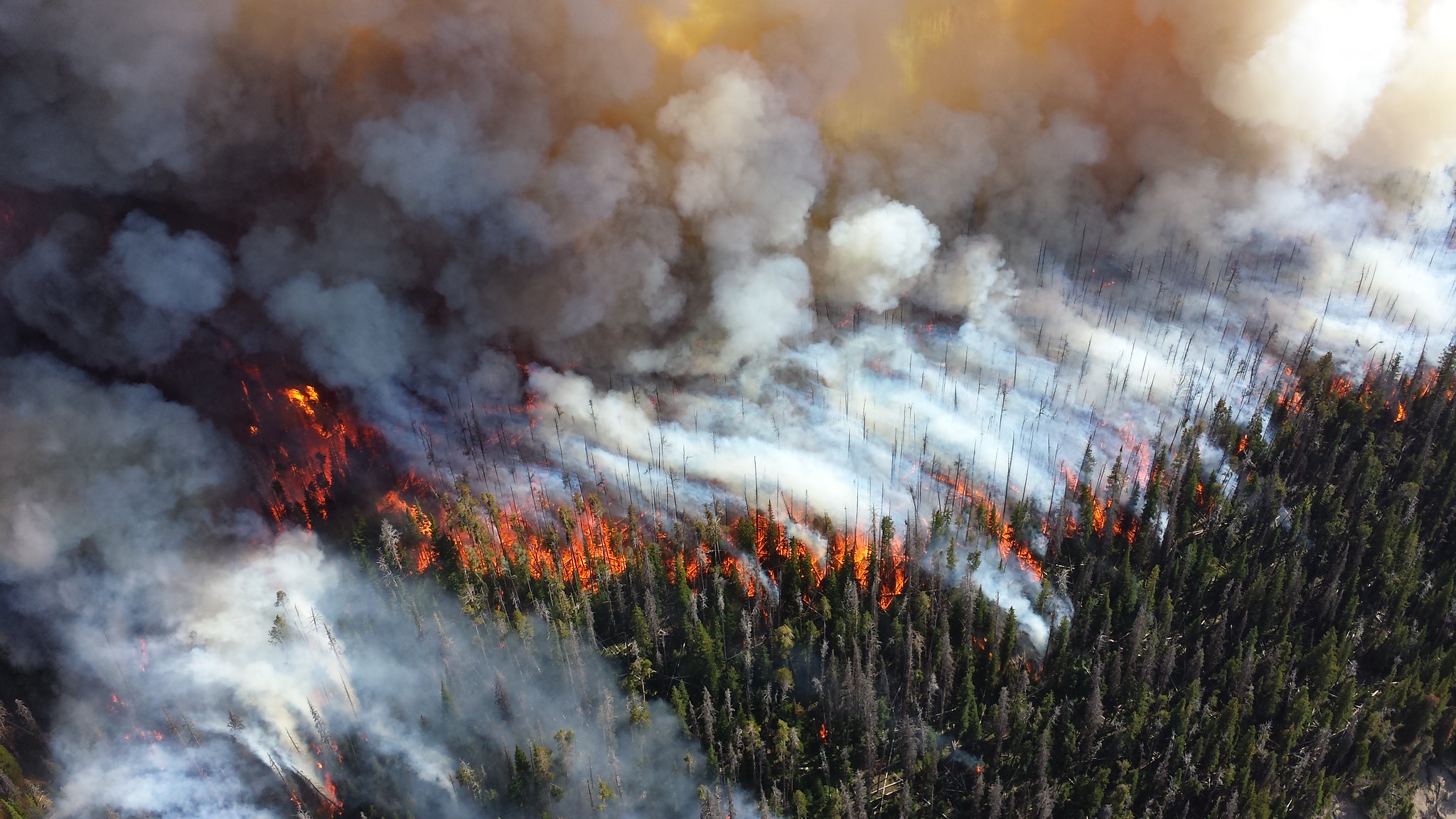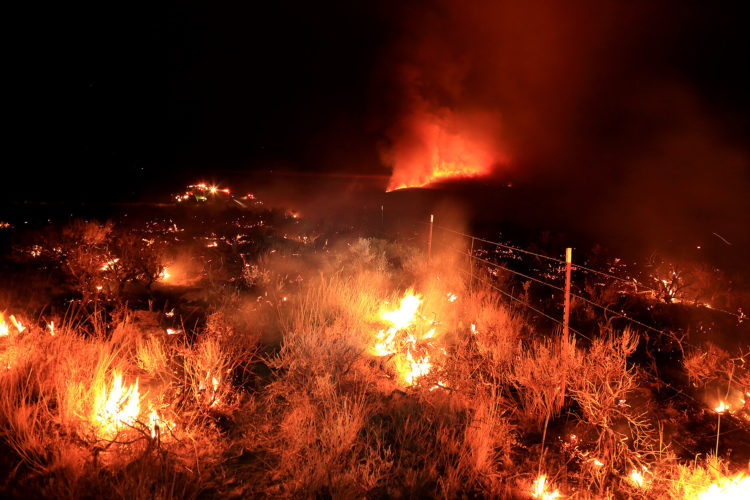We have much more to do and your continued support is needed now more than ever.
Wildfires and Wildlife on the Move

In the Pacific Northwest, just a whiff of the outdoor air is an assault to your senses—and your health. Wildfires continue to blaze in dozens of spots up and down the West Coast. However, the smoke has spread further afield, putting large parts of California, Oregon, and Washington under a deep cloak of hazardous air, and contributed to some of the worst air quality in the entire world.
Smoke from the wildfires has fanned out across the U.S., Mexico, Canada, and Europe. Smoke exposure causes general irritation to the throat and eyes and can quickly worsen over time, leading to swollen and blocked airways and longer-term damage to the respiratory tract. Wildfires in particular release lots of toxins into the air, including carbon monoxide, and particulate matter: microscopic particles of dust, soot, and ash that can get deep into the lungs and circulatory system. These particles can lead to bronchitis, heart disease, even early death.
In a recent National Geographic article focusing on wildfire smoke and its impacts on the human body, Sarah Henderson, an environmental health scientist at the University of British Columbia explained: “Wildfire smoke is a very complex type of air pollution, it has many different gases in it, and the composition of those small particles can be highly variable, depending on what’s burning [and] how hot it’s burning.”
Wildlife don’t have the option of staying indoors. So when an animal inhales smoke, like people, it brings a dangerous combination of toxic gases, such as carbon monoxide and hydrogen cyanide, and particulate matter, a mixture of small liquid and solid particles, into its throat, nose, and lungs.
Moving through miles of hot smoke
Wildlife are always on the move. This activity, be it escaping or chasing prey, protecting young, flying or traveling overland on a migration route or seeking shelter, increases the amount of air inhaled and, with the additional factor of smoke from wildfires, results in drawing tiny, but highly dangerous particulates, deep into the lungs.

“Animals are responding to this event, and while animals have evolved to deal with fire, the intensity of these fires is extreme,” said Andrew Jakes, a wildlife biologist who specializes in movement ecology with the National Wildlife Federation.
Birders in Washington state have observed birds engaging in unusual, stressed behaviors, such as “mobbing” along the edge of ponds. “For some species, we are witnessing the immediate impact of the wildfires,” Jakes added, “but over time, we’ll surely begin to discover unexpected cumulative impacts on ecological communities, which include a whole suite of wildlife.”
Fighting climate-fueled megafires
Wildfires are becoming more frequent and more severe in the U.S.—the megafires unfolding across California, Oregon, and Washington, which have killed 30 people, wiped out half of the population of the endangered Columbia Basin pygmy rabbit population, and caused billions of dollars in damage, are the most recent devastating examples.
Climate change is fueling these megafires. Hotter, more arid weather leads to earlier spring snowmelt and drier vegetation, which increases both the likelihood of forest fires and the length of the fire season. A legacy of underinvestment in forest restoration, and dramatic increases in housing developments built in the fire-prone wildland-urban interface, also contribute.
Reducing risks from megafires—and protecting human and wildlife communities alike—requires that we address each of these underlying problems. Learn more about megafires, and how we can create fire-resilient communities, in our report Megafires: The Growing Risk to America’s Forests, Communities, and Wildlife.





















